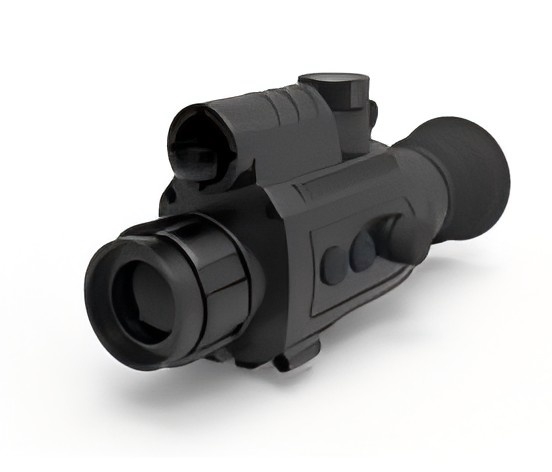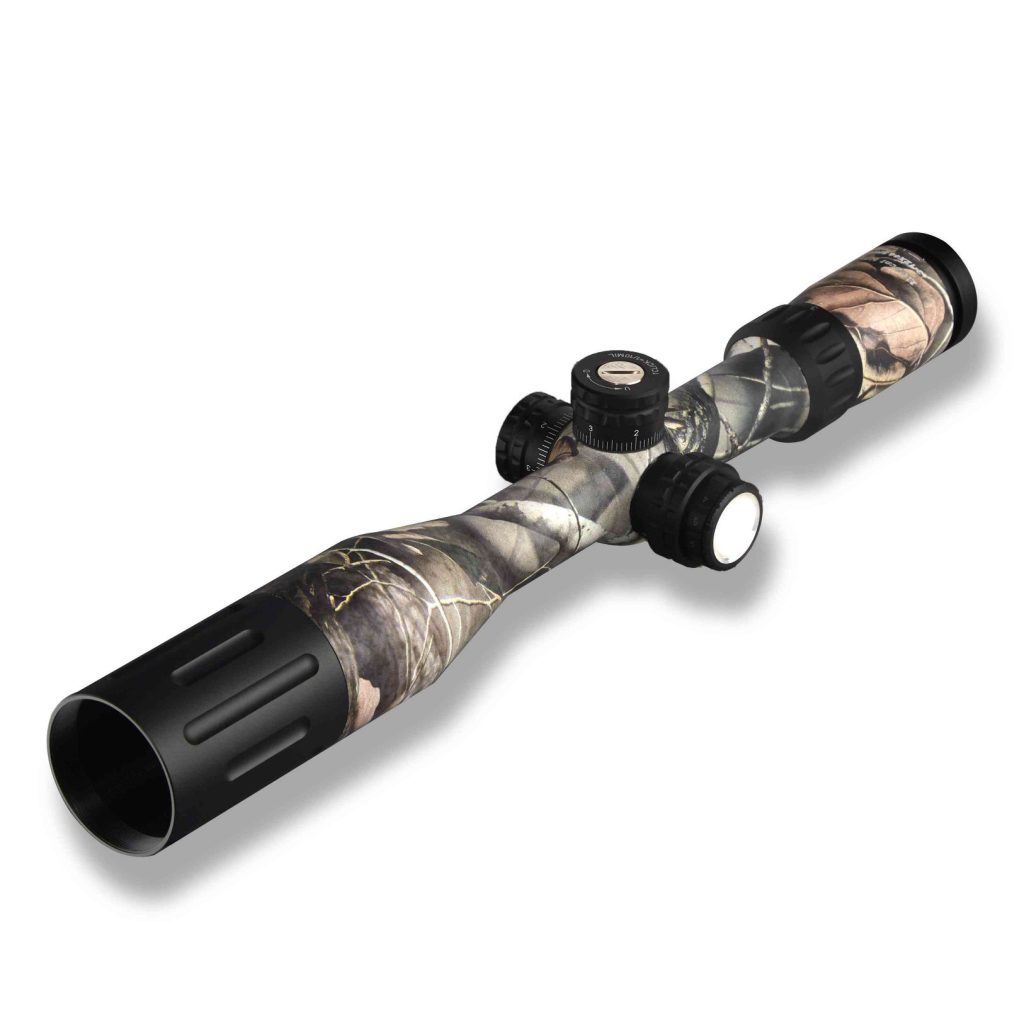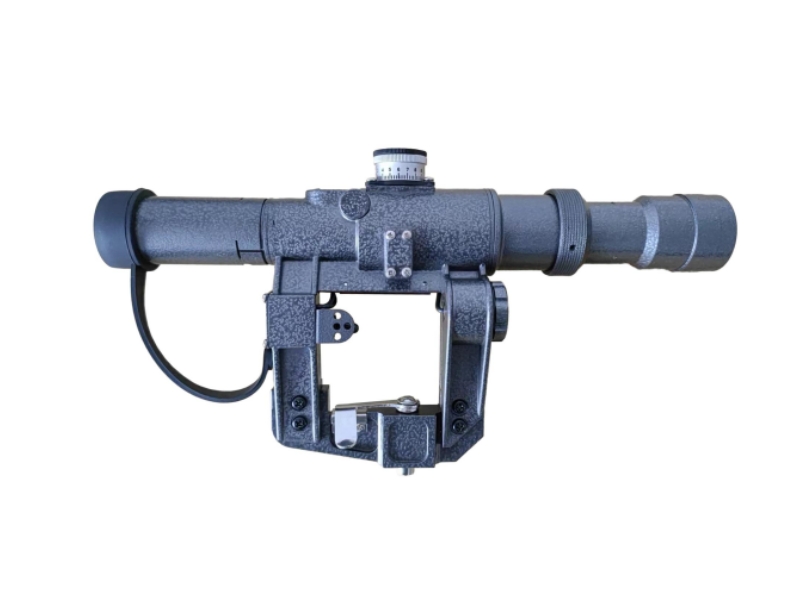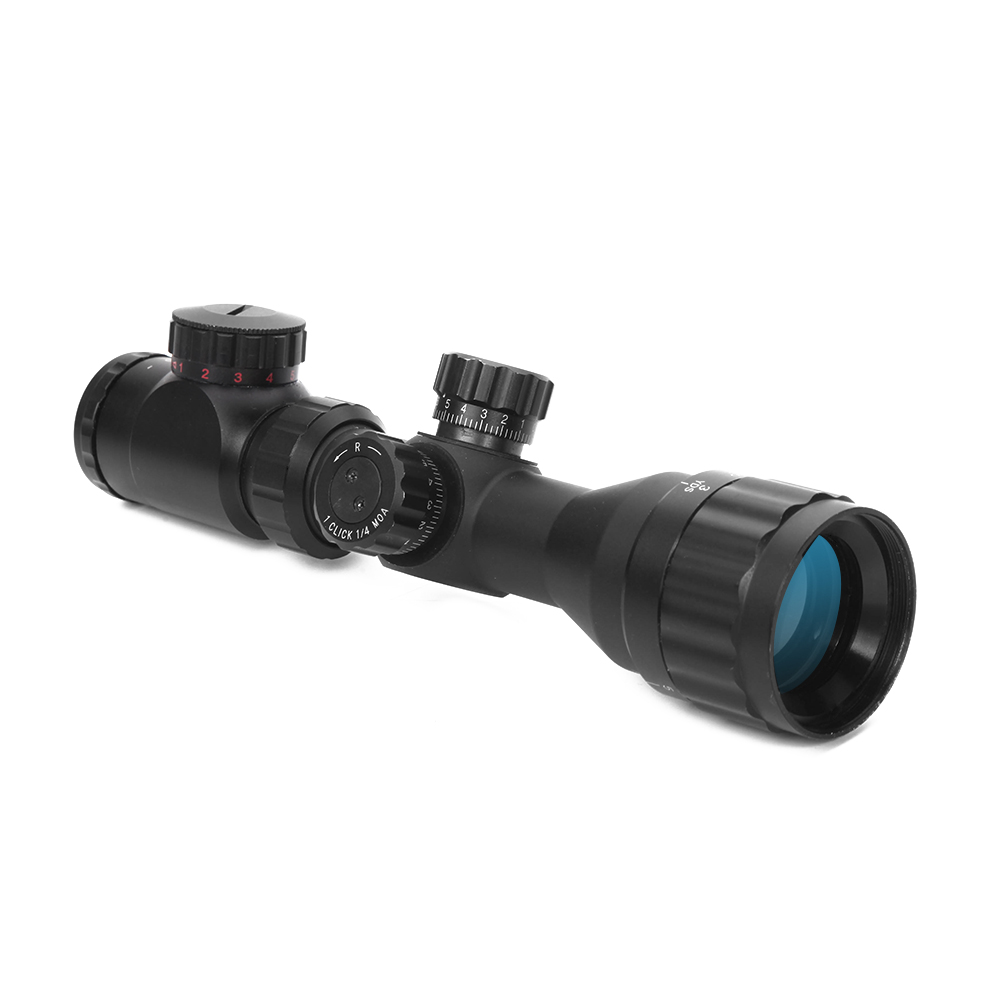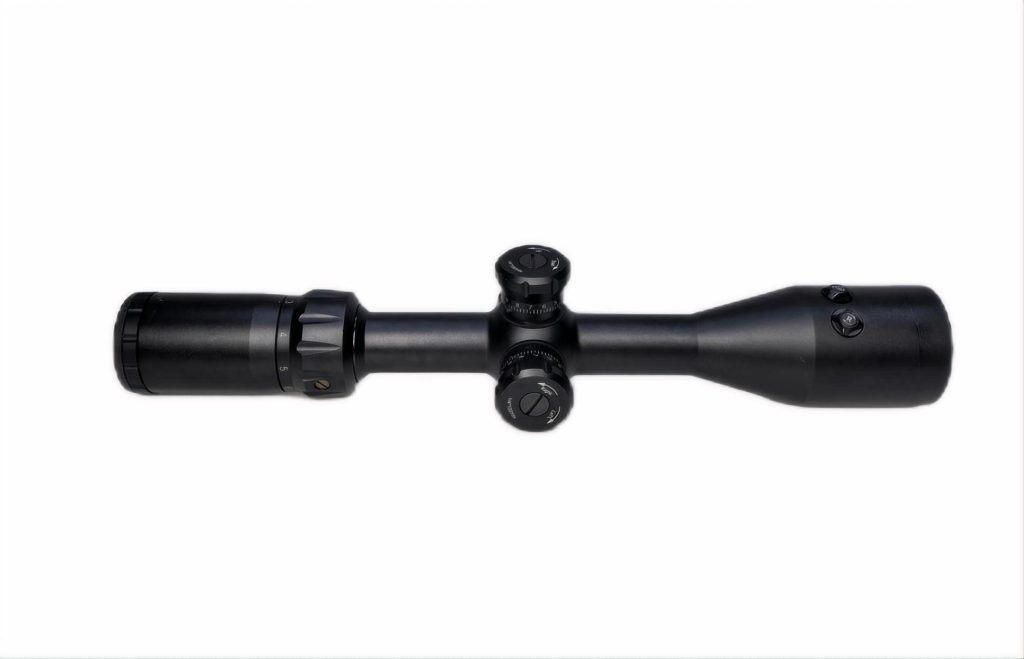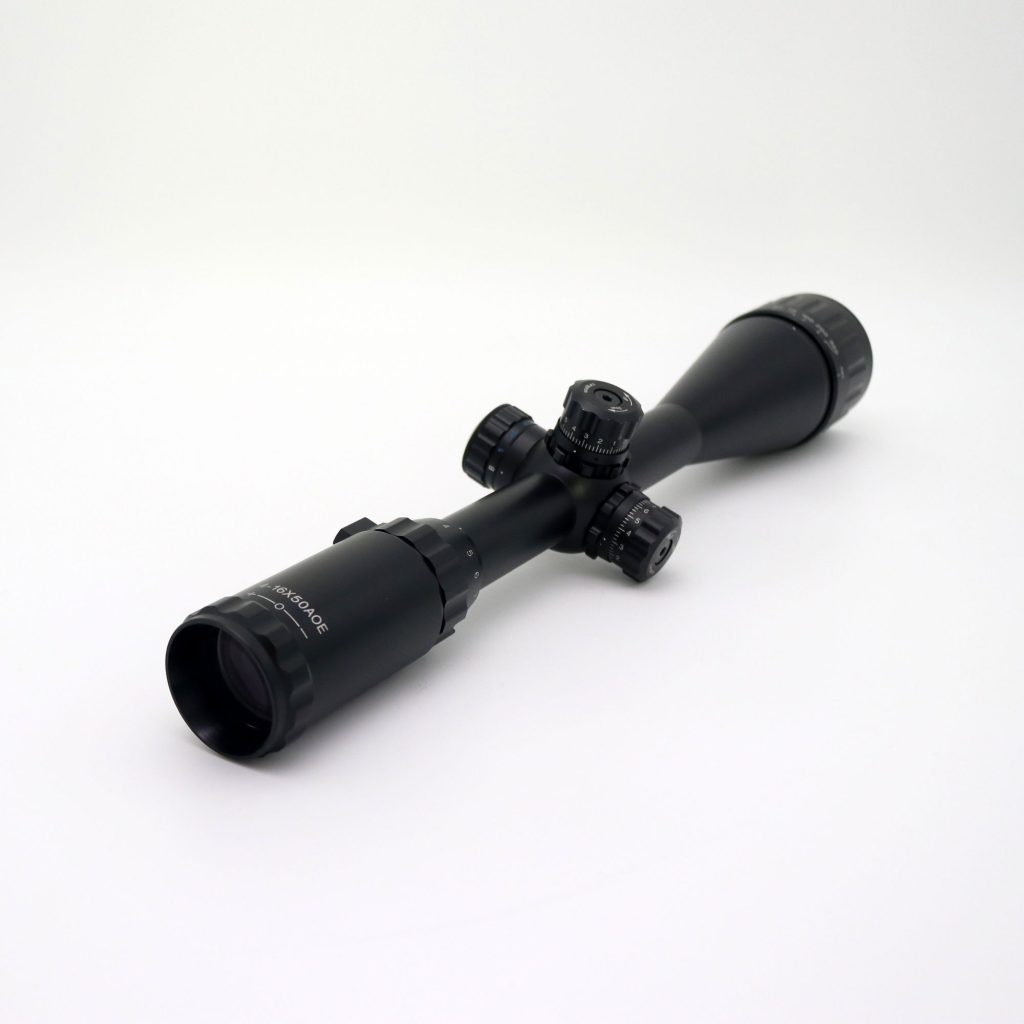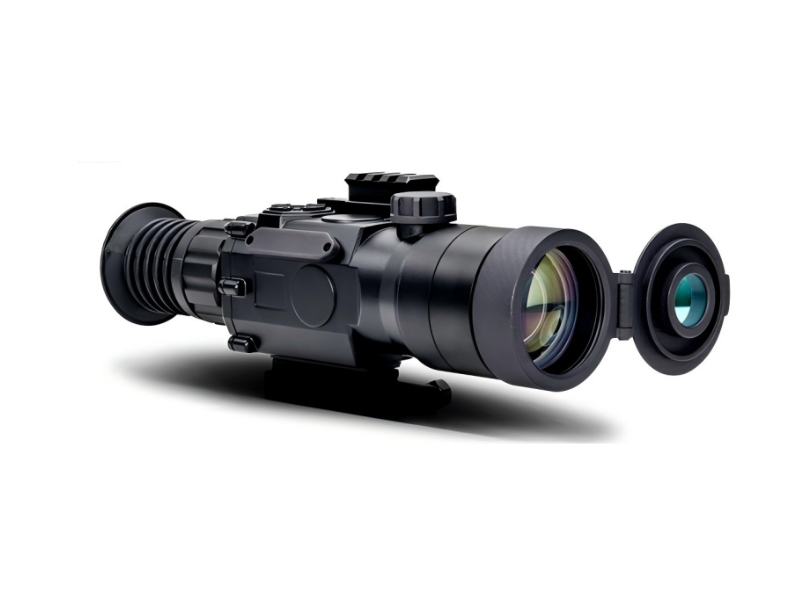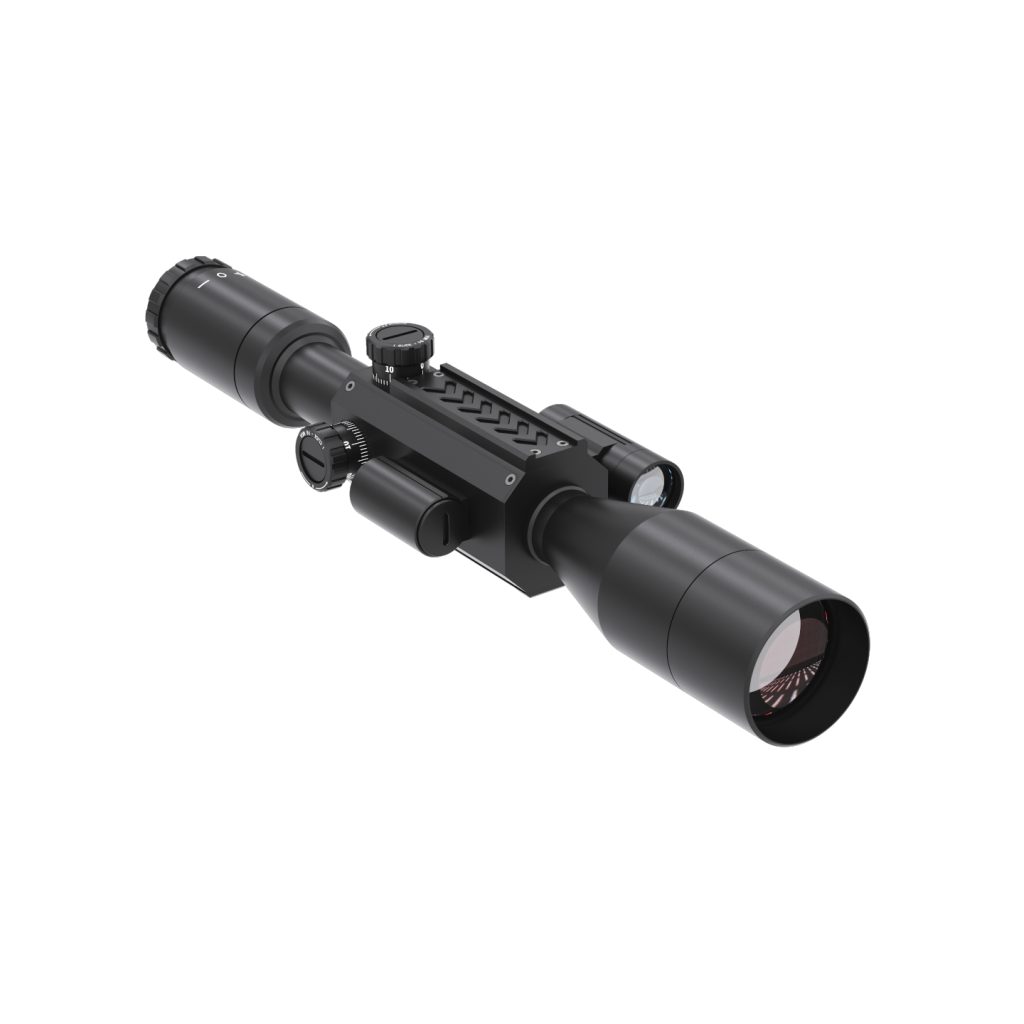Thermal scopes are essential tools for the fields from hunting and security to industrial inspection and search and rescue. They allow users to detect heat signatures and see in complete darkness or challenging environmental conditions, which allows users to “see” heat. However, the effectiveness of a thermal scope heavily depends on its resolution. A higher resolution ensures clearer images, making it easier to identify objects and make critical decisions. This article delves into the various factors that contribute to the overall resolution of a thermal scope, helping you make informed decisions.
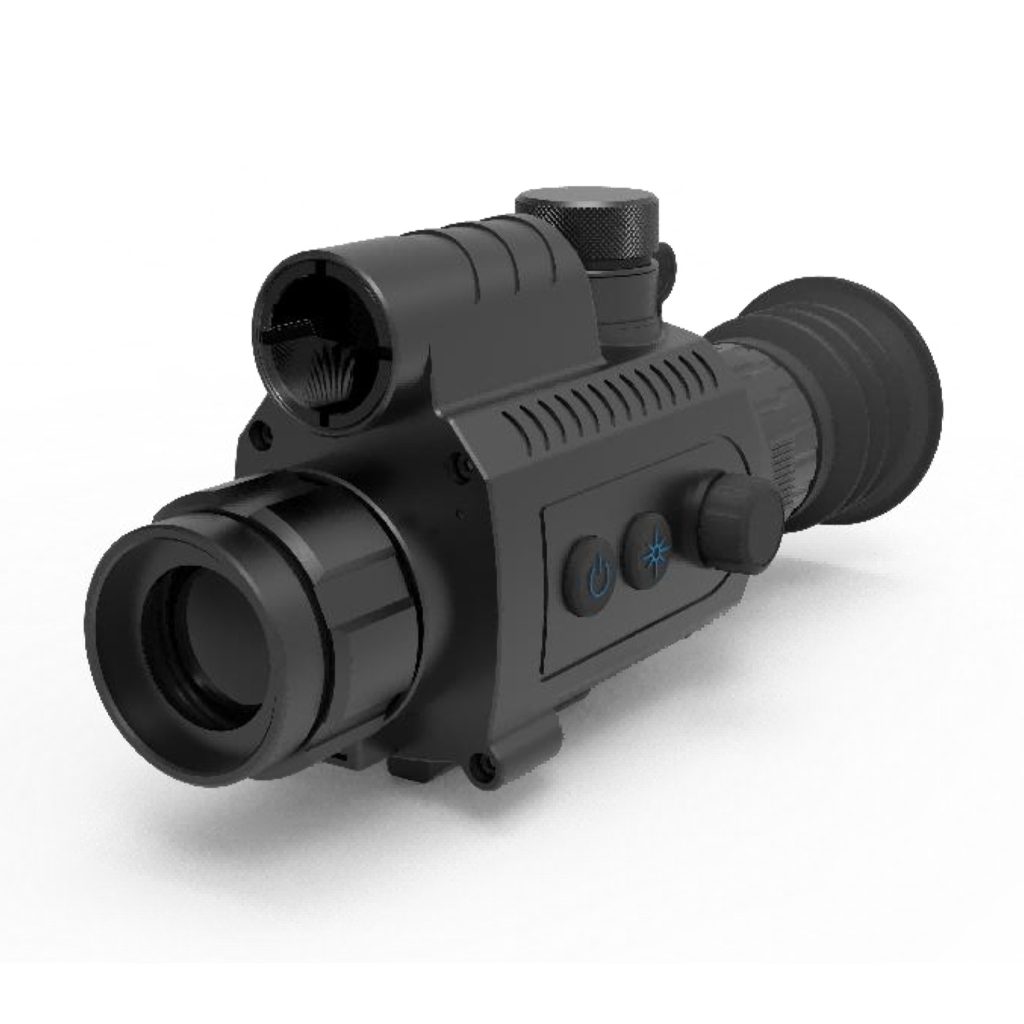
What is Resolution in Thermal Scopes?
Resolution in thermal scopes refers to the clarity and detail of the thermal image produced by the device. It is primarily determined by the number of pixels in the thermal sensor and the quality of the display. Higher resolution means more pixels are capturing the thermal data, resulting in sharper images with better detail. This is crucial for distinguishing between objects that are close together or have similar heat signatures.
For example, a thermal scope with a resolution of 640×480 pixels offers significantly more detail than one with 320×240 pixels. This can make a substantial difference in identifying small animals or detecting distant targets. Understanding resolution is key to selecting a thermal scope that meets your specific requirements.
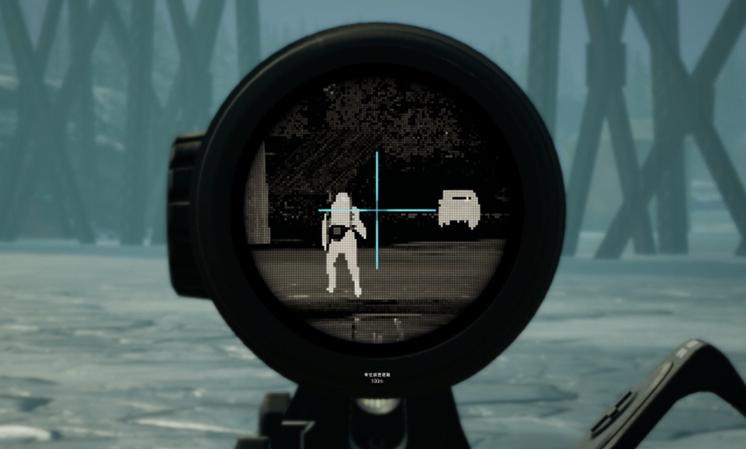
Key Factors That Affect Thermal Scope Resolution
Several factors contribute to the final resolution of a thermal scope. These include internal components and processing algorithms, each playing a crucial role in the image quality.
1. Sensor Resolution:
The thermal sensor is the heart of the scope, capturing the infrared radiation and converting it into an electrical signal. The sensor’s resolution, measured in pixels (e.g., 320×240, 640×480), directly impacts the image detail. A higher sensor resolution provides more data points, leading to a more detailed thermal image.
Think of the sensor as a grid. Each square in this grid is a pixel, measuring the temperature of a specific point in the scene. More pixels mean more temperature data, resulting in a finer and more detailed image. A 640×480 sensor, for example, captures four times the data of a 320×240 sensor, resulting in a significantly clearer image.
The sensor resolution is arguably the most critical factor in determining the overall resolution of the thermal scope.
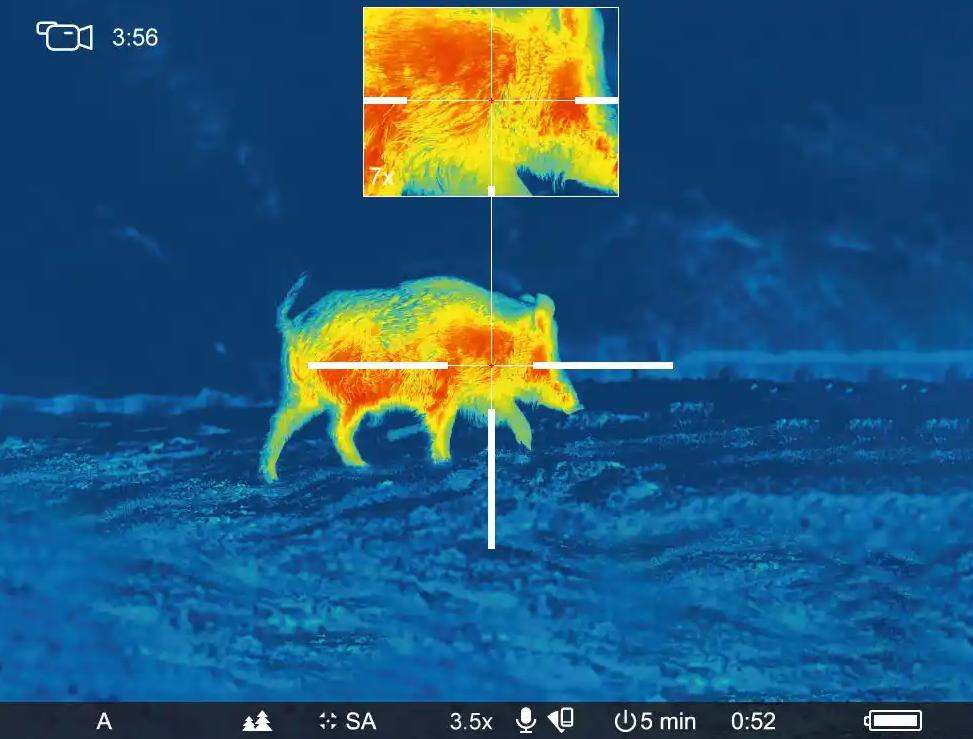
2. Lens Quality and Size:
The lens focuses the infrared radiation onto the sensor. Its quality and size (specifically its diameter) significantly affect the amount of thermal energy that reaches the sensor and the sharpness of the resulting image.
A larger lens diameter allows more infrared radiation to enter the scope, improving the image’s clarity and range, especially in challenging conditions. A high-quality lens minimizes distortions and aberrations, ensuring a sharp and focused image across the entire field of view. The lens’s field of view also plays a role. A wider field of view allows for greater situational awareness but can sometimes reduce the apparent resolution of distant objects.
The lens is a critical component influencing both the amount of thermal energy captured and the clarity of the projected image onto the sensor, directly impacting resolution.
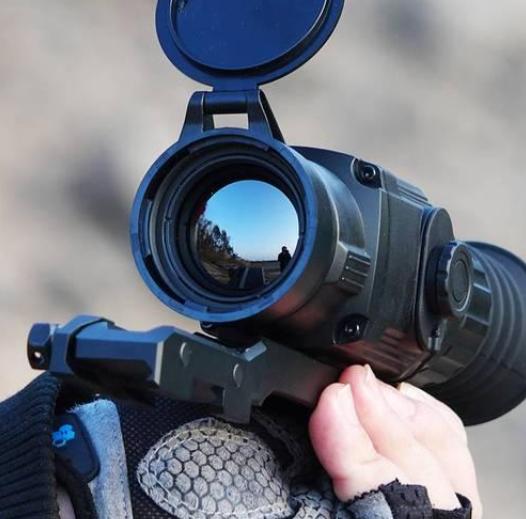
3. Thermal Sensitivity (NETD):
Thermal sensitivity, measured as Noise Equivalent Temperature Difference (NETD), indicates how well a thermal scope can detect small temperature differences.
Expressed in milliKelvins (mK), NETD is a measure of the “noise” in the thermal signal. A lower NETD value(e.g., <40mK) means less noise and thus a clearer image with more detail. A scope with a lower NETD will be able to detect smaller temperature differences, resulting in a more detailed image and better target identification.
Thermal sensitivity complements resolution by ensuring that the fine details captured by a high-resolution sensor are not obscured by noise.
4. Display Resolution:
The display shows the processed thermal image to the user. While not directly affecting the data captured by the sensor, the display resolution impacts how clearly the user perceives the image.
A higher display resolution allows the user to see the finer details captured by the sensor. Even with a high-resolution sensor, a low-resolution display can make the image appear blurry or pixelated, negating the benefits of the sensor’s capabilities.
The display resolution should ideally match or exceed the sensor resolution to ensure that the user can fully appreciate the detail captured by the thermal scope.
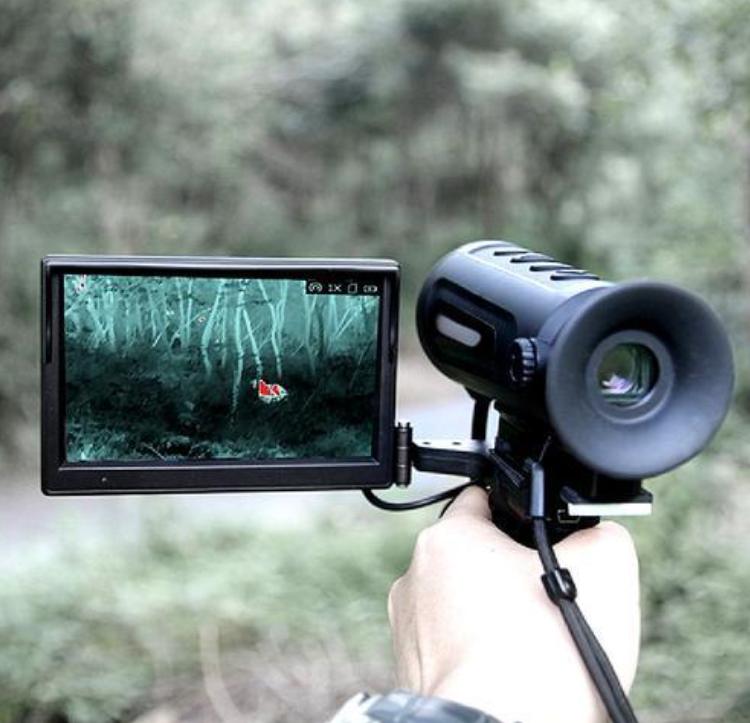
5. Refresh Rate:
The refresh rate measures how many times per second the thermal image is updated. A higher refresh rate results in a smoother, more fluid image, especially when tracking moving targets. A low refresh rate can make moving objects appear jerky or blurry, reducing the user’s ability to track them effectively. While not directly related to static image resolution, a higher refresh rate contributes to a better overall viewing experience, especially when observing dynamic scenes.
While not directly impacting the static resolution, a higher refresh rate is essential for smooth and accurate tracking of moving targets.
6. Image Processing Algorithms:
Sophisticated image processing algorithms are used to enhance the raw thermal data, improving image clarity, reducing noise, and increasing detail.
These algorithms can sharpen edges, reduce noise, and enhance contrast, making it easier to identify objects and discern subtle temperature differences. Advanced algorithms can also perform digital zoom without significant pixelation.
Image processing is crucial for maximizing the information extracted from the thermal sensor, effectively improving the perceived resolution and overall image quality.
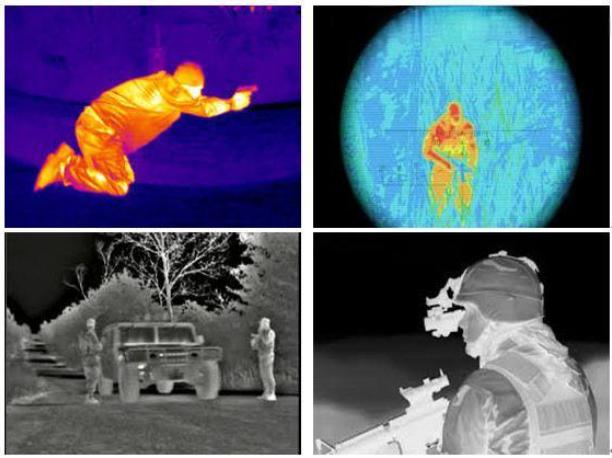
External Conditions and Their Impact
Environmental factors can also influence the resolution and performance of a thermal scope. Environmental factors such as weather, temperature, and atmospheric interference can effectively reduce the practical resolution of the scope in real-world scenarios.
- Weather Conditions: Rain, fog, and high humidity can reduce thermal radiation transmission, making it harder for the scope to detect clear images.
- Ambient Temperature: In environments where the ambient temperature is close to the temperature of the target, the thermal contrast decreases, making detection more challenging.
- Obstacles and Barriers: Objects like glass or dense foliage can block or distort thermal radiation, reducing image clarity.
Understanding how external conditions impact resolution helps users set realistic expectations and choose scopes with features that mitigate these challenges.
How to Choose the Right Resolution for Your Needs
Selecting the right resolution depends on your specific use case. For long-range hunting or professional surveillance, a high-resolution scope with a larger lens and advanced image processing is ideal. On the other hand, for short-range applications or recreational use, a lower resolution scope may suffice.
Consider the following:
- Budget: Higher resolution scopes are more expensive. Balance your budget with your needs.
- Application: Determine the primary purpose of the scope, whether it’s for hunting, security, or wildlife observation.
- Environmental Factors: Choose a scope that performs well in your typical operating conditions, such as low-light environments or areas with high humidity.
The resolution of a thermal scope is a complex interplay of various factors, from the sensor and lens to the display and image processing algorithms. By carefully considering the resolution requirements of your intended application and understanding the influence of external conditions, you can choose a thermal scope that delivers the performance you need. Remember, the “best” resolution isn’t always the highest; it’s the one that best balances performance, cost, and suitability for the task at hand.

